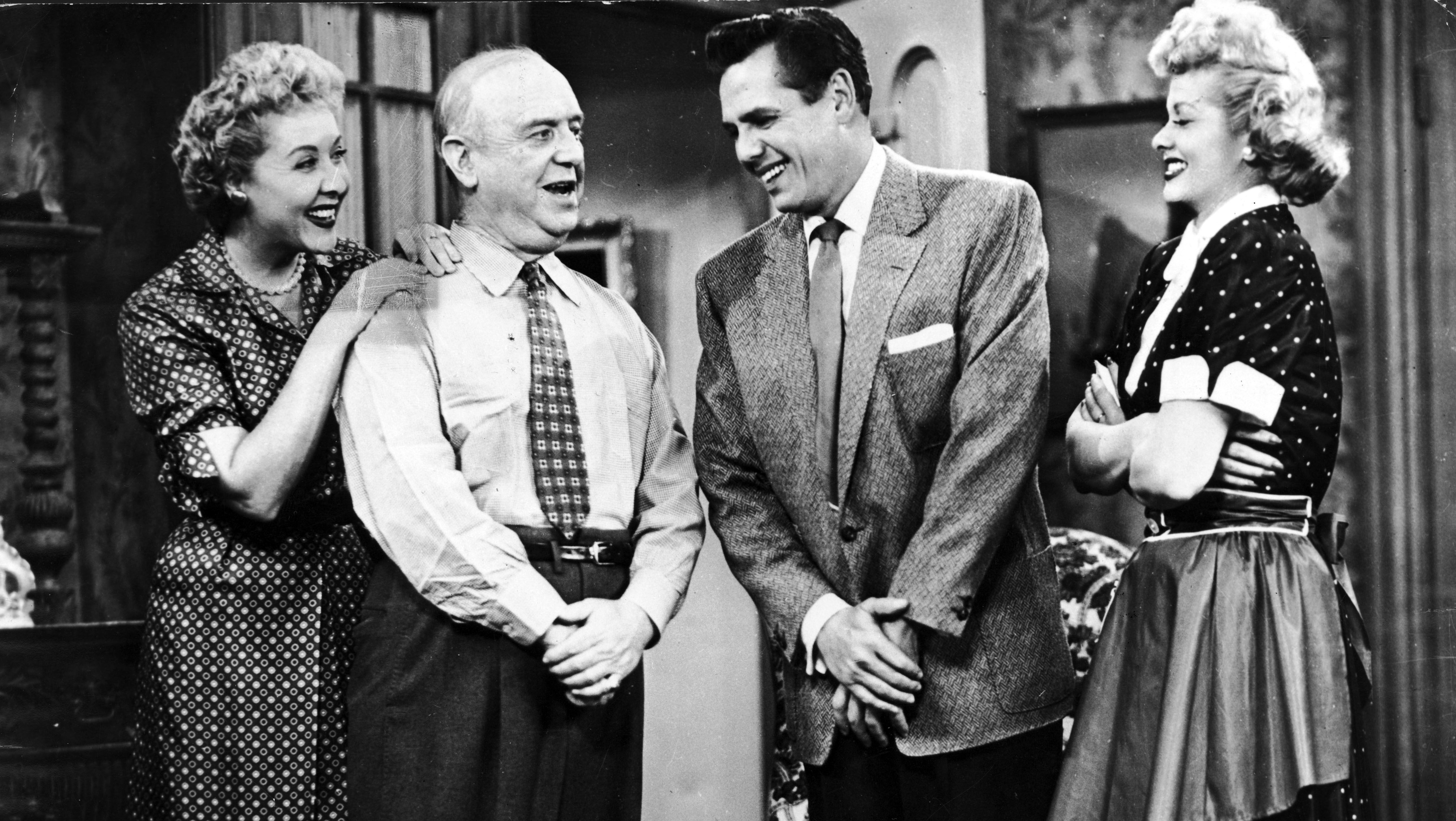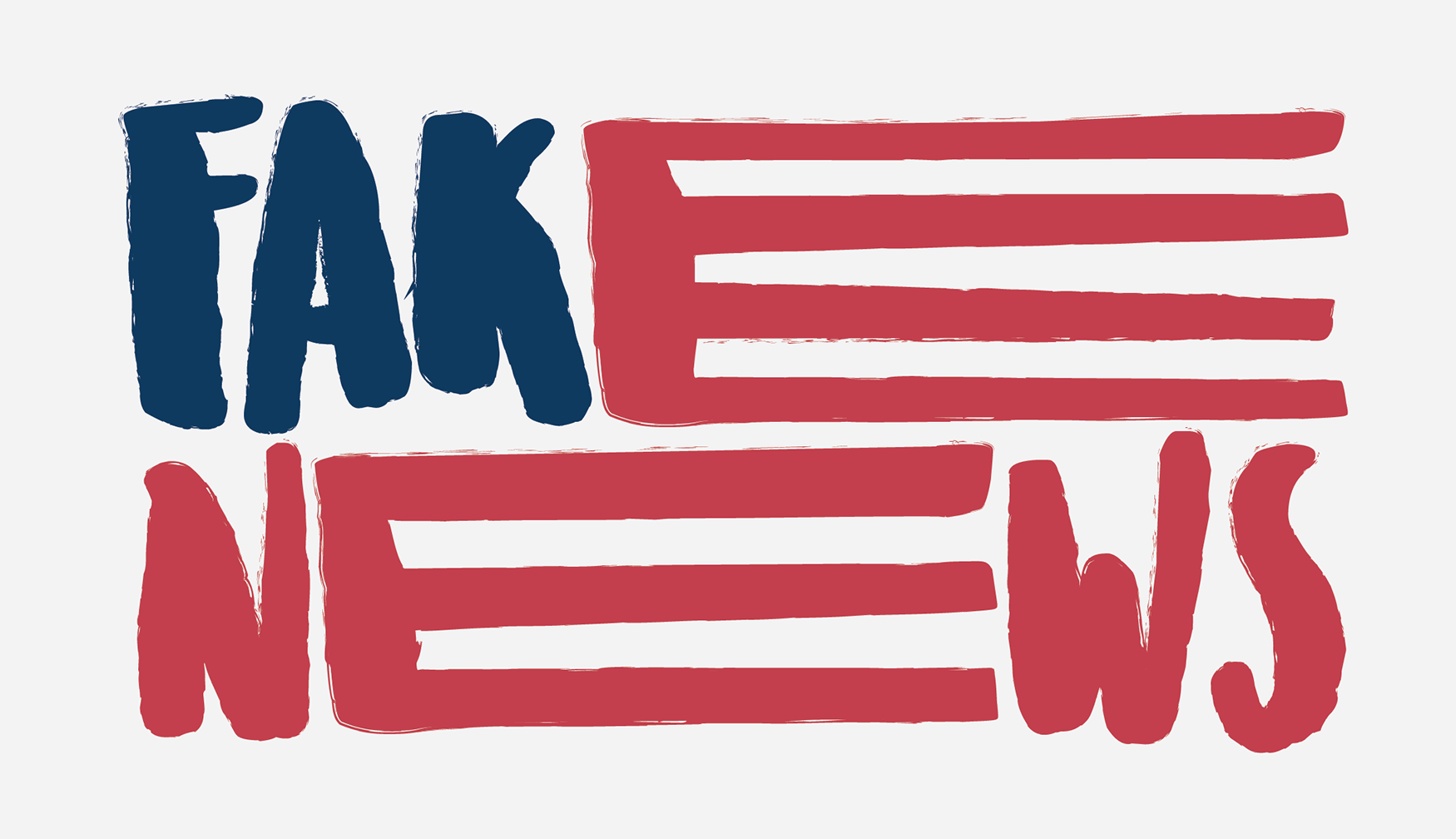
It's hard to imagine life without television. There was once a time where people had to gather all of their news and information by newspaper and radio and there was no way to show large audiences moving pictures with information.
Throughout the early 20th century, the TV made small steps in becoming what we know TV today. The first TV station, W3XK, was established in 1928, the first commercial premiered on BBC in 1930, and CBS, the first major network, is established. This allowed for messages to be shared with all audiences at the same time. Color TV is introduced in the 1950s and becomes common in the late 60s. This boom of color TV was just in time for the 1969 Moon landing which allowed nearly 600 million Americans to watch. In just a century, television has become a household item and changed the way people communicate.
With this new form of communication came new territory. A large battle that TV networks and producers struggled with was what to put on TV. In the 50s and 60, most shows shown on TV starred white actors. The only minorities seen were depicted as offensive stereotypes such as Black people being cast as slaves and servants, and Native Americans being cast as warriors in Westerns. The first show to have a 'regular' Black character was I Love Lucy, where the best friend was a black woman. The Nat King Cole Show utilized many black and minority performers throughout their run and is known for being one of the first integrated performance shows. Good Times and The Jeffersons were some of the first sitcoms starring average black families in the 70s.
With the push for more racial representation, women were pushing for more equal roles on television as well. Most women seen on TV were in stereotypical caretaker roles. For example, All In the Family starred Jean Stapleton as Edith Bunker, who played the role of the subservient and stupid wife. She went along with her husband's bigotry and never stood up for herself. The National Organization of Women (NOW) fought continuously for better representation of women on screen.
The censorship of television relies heavily on the issues that society is facing at the time. Many of the scenes that were too scandalous for prime-time usually dealt with some of these sensitive topics. Star Trek had a scene banned because it showed an interracial kiss between a white man and a black woman. Several skits from Saturday Night Live were banned because they made jokes about race, drugs, and the disabled. Dynasty had episodes banned because the writers wanted to make the main character and openly gay man. More recently, shows like South Park and Family Guy have had scenes and episodes banned for offensive religious jokes, abortion jokes, racist and sexist jokes, and just jokes being made on sensitive topics (i.e. jokes being made about the JFK assassination or Osama Bin Laden). These shows dared to venture into territory that society was not yet ready to be and thus the government had these shows cut the scenes. Television programs are protected under the First Amendment because they are consumable media that the cable providers and networks have decided to share. That being said, all messages shown on TV are protected and cannot be controlled by the government.
The invention of television has revolutionized the way information is communicated around the world. Lives news can be broadcasted from any location around the world and at an instant. With the rise of the TV being so strong, the downfall will be deadly. With the increase of streaming services, online media outlets, and cable networks streaming online, there is no necessity for the TV anymore. Millennials and Generation Z are buying fewer TVs and blowing off cable to the point of possible extinction. With the fall of television on the horizon, its a wonder where the TV will go next.


No comments:
Post a Comment